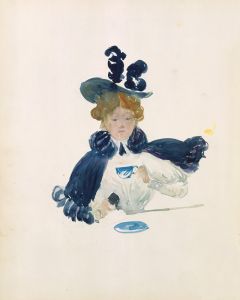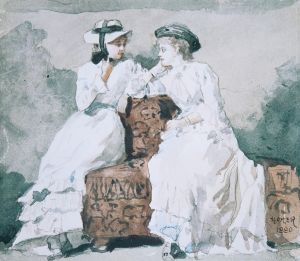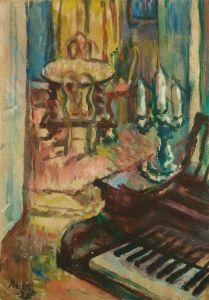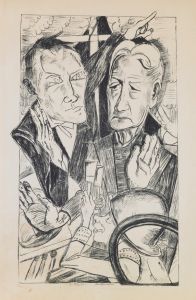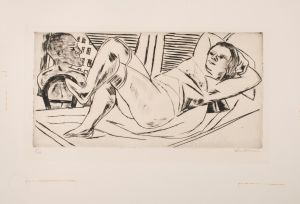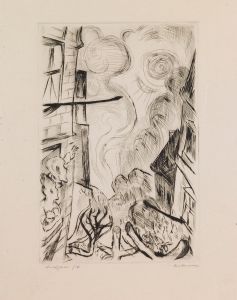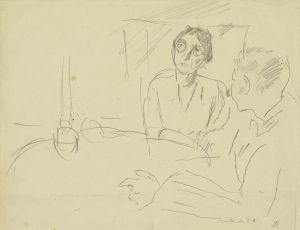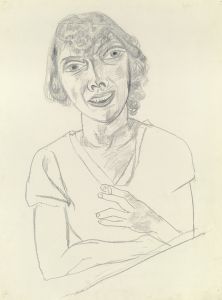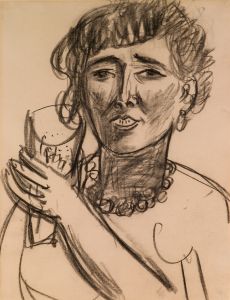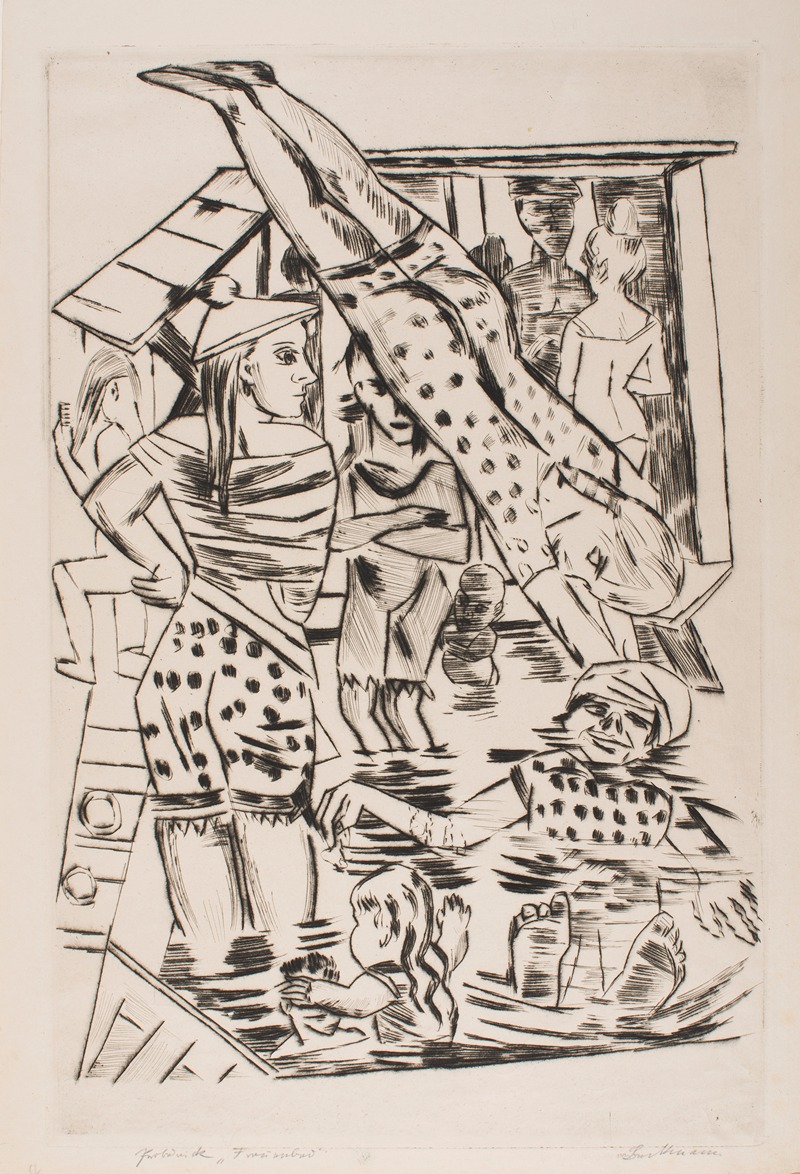
Women’s Bath
A hand-painted replica of Max Beckmann’s masterpiece Women’s Bath, meticulously crafted by professional artists to capture the true essence of the original. Each piece is created with museum-quality canvas and rare mineral pigments, carefully painted by experienced artists with delicate brushstrokes and rich, layered colors to perfectly recreate the texture of the original artwork. Unlike machine-printed reproductions, this hand-painted version brings the painting to life, infused with the artist’s emotions and skill in every stroke. Whether for personal collection or home decoration, it instantly elevates the artistic atmosphere of any space.
Max Beckmann's painting "Women’s Bath" is a notable work by the German painter, renowned for his contributions to the Expressionist movement and his distinctive style that evolved throughout his career. Beckmann, born in 1884 in Leipzig, Germany, is often associated with the New Objectivity movement, which emerged in the 1920s as a reaction against the emotional intensity of Expressionism. His works are characterized by bold colors, strong lines, and complex compositions that often explore themes of human existence, society, and the self.
"Women’s Bath" was painted in 1943, during a tumultuous period in Beckmann's life. At this time, he was living in Amsterdam, having fled Germany in 1937 due to the oppressive Nazi regime, which had labeled his art as "degenerate." This period of exile deeply influenced his work, as he grappled with themes of displacement, identity, and the human condition.
The painting itself depicts a scene in a bathhouse, a setting that Beckmann revisited in several of his works. The composition is crowded with figures, predominantly women, engaged in various activities within the bath. The figures are rendered in Beckmann's characteristic style, with bold outlines and a sense of volume and weight. The use of color is striking, with a palette that includes deep reds, blues, and flesh tones, contributing to the painting's dynamic and somewhat claustrophobic atmosphere.
"Women’s Bath" reflects Beckmann's interest in the human form and his ability to convey complex psychological states through his figures. The bathhouse setting serves as a microcosm of society, where individuals are both exposed and isolated, a theme that resonates with Beckmann's own experiences of alienation and exile. The painting's composition is tightly packed, with figures overlapping and interacting in ways that suggest both intimacy and tension.
Throughout his career, Beckmann was known for his ability to blend elements of realism with more abstract, symbolic content. In "Women’s Bath," this is evident in the way he captures the physicality of the figures while also imbuing the scene with a sense of ambiguity and introspection. The bathhouse, a place of cleansing and renewal, becomes a stage for exploring deeper existential themes.
Max Beckmann's work, including "Women’s Bath," continues to be celebrated for its emotional depth and technical mastery. His paintings offer a window into the complexities of the human experience, reflecting both the personal and societal challenges of his time. Today, Beckmann is regarded as one of the most important artists of the 20th century, with his works held in major collections around the world. "Women’s Bath" stands as a testament to his enduring legacy and his ability to capture the intricacies of human life through art.





